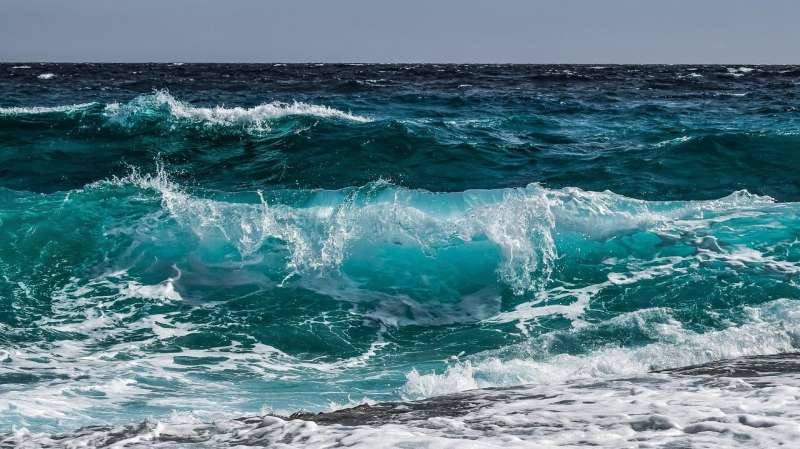Ocean Health Index releases seventh annual assessment of global ocean health

Today the Ocean Health Index (OHI) released its seventh assessment of global ocean health. Like the previous two years, the 2018 average score for our oceans was 70 out of 100. This highlights that ocean health is remaining relatively stable, but improvements are still needed to achieve a sustainable future.
The Ocean Health Index is a tool developed by the National Center for Ecological Analysis and Synthesis (NCEAS) and Conservation International to evaluate the benefits people derive from the ocean. As the first and only existing ocean assessment tool to scientifically compare and combine key elements from all dimensions of the ocean's health – biological, physical, economic, and social – OHI equips managers and policymakers with meaningful vital signs that can help them manage oceans sustainably.
"An annual, comprehensive diagnostic for the world's oceans provides decision makers with information and knowledge they can use to implement effective actions for improved sustainable ocean management," noted Dr. Ben Halpern, lead scientist for OHI, Director of NCEAS, and Professor at the Bren School at University of California Santa Barbara. "With seven years of OHI data, we are gaining deeper insights into how healthy our oceans are through time and space."
By conducting annual assessments, OHI provides a comprehensive view of how well the marine system and the people who depend on it are faring and changing through time. Last year, nearly two-thirds of the assessed countries were experiencing decreases in ocean health, but in 2018 these numbers leveled out and 109 countries are experiencing increases with 111 experiencing decreases.
Among the highest scoring, at 80 or above, were island nations, such as Aruba in the Caribbean and New Caledonia in the south Pacific, or uninhabited islands. Germany was the only one of these 17 high scorers with a population that exceeds one million people. On the other end of the spectrum, 10 regions scored 50 or below, including seven African, one Central American, and two Middle Eastern nations.
The data that powers the Ocean Health Index, like the ocean itself, is dynamic. OHI benefits from constant evaluation and improvement aimed at incorporating new knowledge, data and understanding, and capturing what is important to people for healthy oceans. Therefore, underlying methods or data for some goals have been upgraded.
As a living index built on open data science practices, OHI is flexible in receiving these new data, continuing to build a robust evaluation of ocean health. For 2018, the Mariculture sub-goal was updated to include seaweed once it was identified that most seaweed production is for human consumption. The seaweed industry's contribution to food is valued at $5 billion and its demand is continuing to increase worldwide.
Adding these seaweeds to the Mariculture sub-goal and removing them from the Natural Products goal creates a more complete picture of seaweed's contribution globally, and even increased scores in Japan, North Korea, and South Korea. For further exploration of this year's scores, read the summary of findings, visit our website, or explore our StoryMap.
2018 also marked the expansion of the OHI community, with the inaugural cohort of OHI Fellows and independent assessments completed in Hawaii, Samoa, Bali, Kenya, Tanzania, and the Arctic.
Provided by Conservation International




















